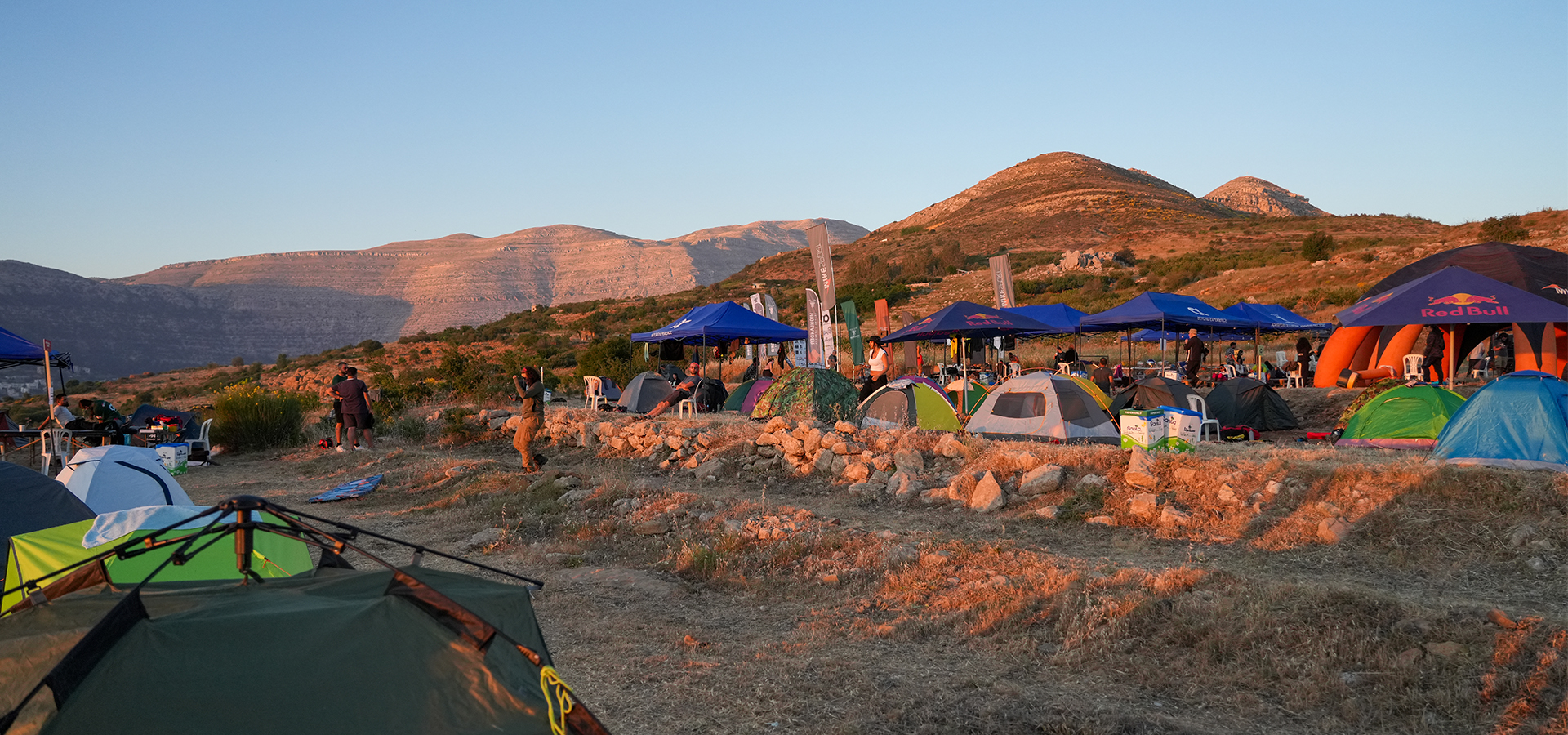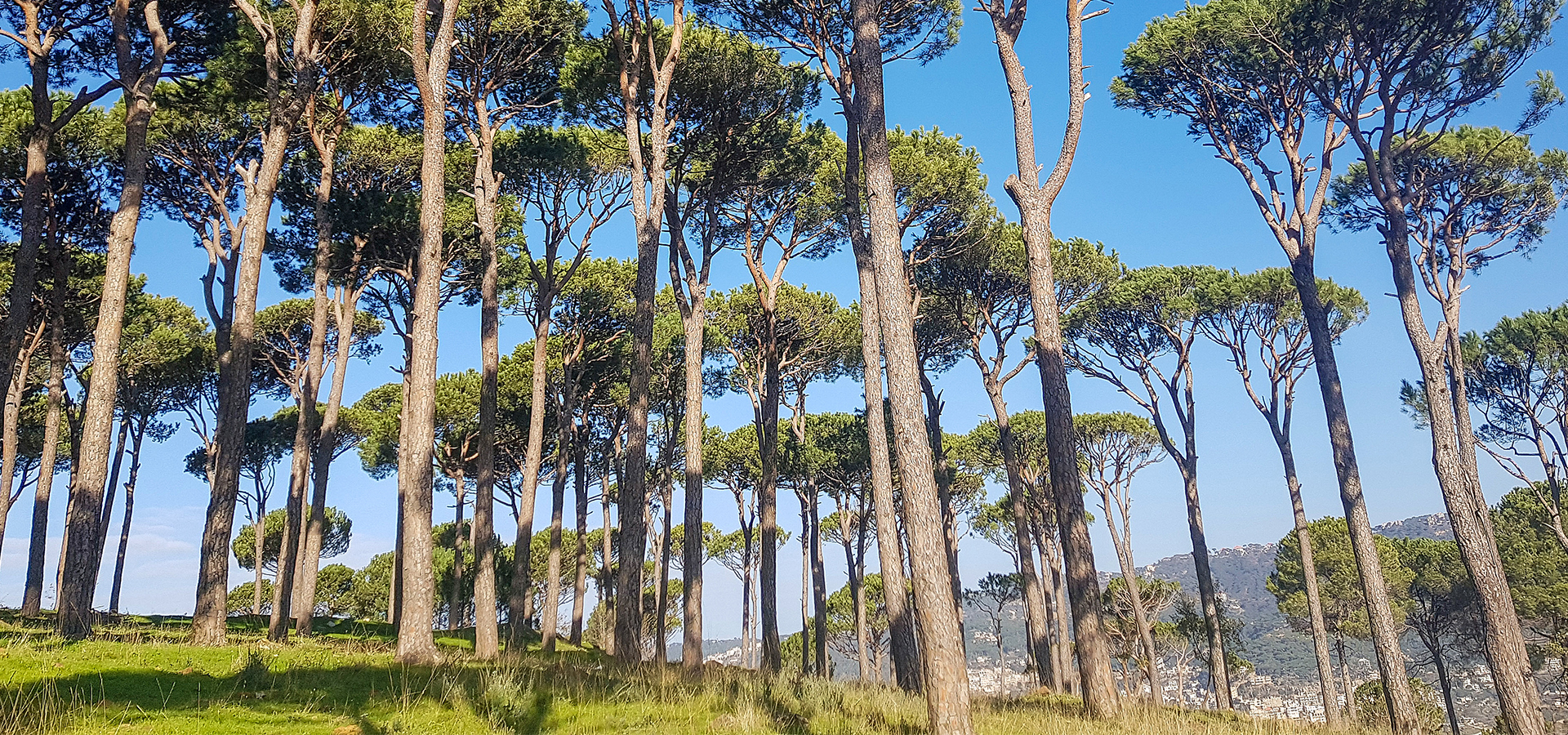
The most planted tree in Lebanon: the stone pine
- March 30, 2021
- 0
cover image: Managed pine forest above Hasbaya el Matn
Pinus pinea is a key forest tree in Lebanon. It is a distinguished conifer tree that has a unique umbrella shape instead of the common conical form of conifers. This feature gave it the name of “umbrella pine” or “pin parasol” in French. The names “stone pine”, “pin pignon” in French or “Sanawbar mothmer” in Arabic are attributed to the uncontestable fame of its small edible and highly prized nuts locked in a stone or shell. This makes the tree the most popular in reforestation activities in Lebanon.
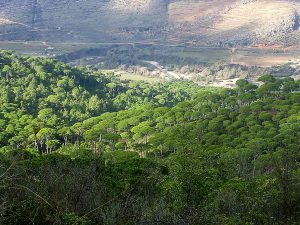
This tree is native to the Mediterranean basin where it has been widely planted and spread by humans since ancient times. Consequently, it was difficult for researchers to determine its origins within the basin. For the same reason, it has been arguable for a long time whether the species had been introduced to Lebanon, or native to it. Many authors thought it had been brought by the Romans in the early “Annum Domini”; Others, considered it had been introduced in the seventeenth century by prince Fakhr el Dine after his famous trip to Tuscany in Italy. Today, and after genetic analysis, it is considered as native to Lebanon, like in other Mediterranean countries. Yet, it is difficult to find “wild stone pine forests” in the sense of having the trees issued from wild seeds and natural regeneration. All the stone pine forests in Lebanon are planted. The existing population dates to the periods following the establishment of the two “qa’emmaqamiyat” in Mount Lebanon. Therefore all trees are less than two hundred years old. In 1868, under the Mutassarif Franco Basha, a great campaign of reforestation was launched in Lebanon. The sole forest of Beirut was planted with stone pines during the mutassarifiyah, and rejuvenated during the French mandate, during which most of the current forests were planted.
Stone pine is mainly planted away from the limestone soils, since it prefers the non-alkaline sandy soils that cover wide areas between Aaychiyeh in Jezzine and Baskinta in Matn. The core of the pine forests are between those areas, with few plantations elsewhere, between sea level and 1500m.
Despite its wide area coverage today, the stone pine is facing several threats. Although urban sprawl in areas around Beirut might destroy some of those pine lots, other factors are threatening the forests.
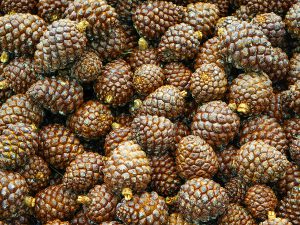
To ease the collection of pine cones, farmers tend to malpractice burning to remove shrubs and lower plants, which leads sometimes to disastrous forest fires. Burning practice should be replaced by grazing, maintaining low shrub coverage, and appropriate measures should be taken to reduce fire risks including prescribed burning monitored by forest guards.
Trees might fall or get broken due to heavy snow, especially if the site is at higher altitudes and where trees were inappropriately pruned.
Pest outbreak is an aggravating feature during the last few years, due to a general epidemic of a seed bug which attacks the unripe pine cones, sucks the nutrient from those, resulting in a dramatic decline of nut production. Another wood borer insect attacking branches and buds is also provoking the death of the aging trees. The pine tree is weakened by several malpractices in forest management and is more exposed to pest outbreaks; the limited biodiversity in the forest which is almost entirely made of aging pines, makes the forest more threatened by degradation and auto-destruction.
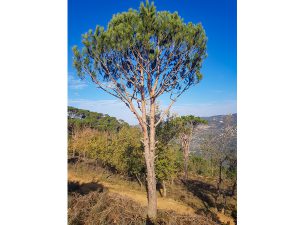
The forests need to be rejuvenated by taking infamous decisions such as cutting the old and diseased trees, and thinning or reducing the number of trees in the forest, not only to reduce the risk of fire, but also to allow sunlight into the forest and later assist the natural regeneration by planting young seedlings. By creating uneven aged trees within the forest, with a diversity of species within it (allowing the presence of other trees and shrubs), and a sound pruning and understory management, the stone pine forests of Lebanon will regain their past glory.
Prepared by: Dr. Jean Stephan







